Andrew Wright reckons there’s more than one way to skin a cat. He ought to know. He’s spent thousands of hours behind the wheel – and inside the bilges – of cats of all shapes and sizes, and he’s built them for rescue services. Now, finally, he’s delivered a recreational model – the Shockwave Breaksea 9m.
Cats are enjoying something of a renaissance. The likes of Sailfish, Moda and Noosa Cat can’t build enough of them. It seems demand is outstripping supply and if you want a good glass model, well, take a ticket, because there aren’t that many new ones on the market. Andrew Wright, director of WA cat builder Shockwave, is stepping up to the plate. He’s been a cat man since his Volunteer Marine Rescue (VMR) days as a teenager, plucking drunken sailors from the waters off Fremantle. These days, he still contributes his time to VMR, but he does it in a Shockwave cat built by his own company.
NAME: Andrew Wright
OCCUPATION: Director, Shockwave
BOAT OWNED: Tins of resin
SIGNATURE MOVE: Steering the big cat like a Bobcat
CAT QUOTE: “We would be the catamaran experts in WA.”
Like many Australian cat builders, it was a Bruce Harris cat that set Andrew on the twinhull road. Since that first experience, he’s spent thousands of hours in various cats, learning their habits first-hand as a VMR skipper. His technical proficiency led him to a marine electronic and mechanical apprenticeship, then the establishment of Stem-2-Stern Marine, a fullservice shop at Bibra Lake, which looks after boats on and off the water. It proved the perfect test bed to develop his own cat when Fremantle Sea Rescue pushed him into boat building. “It was 2015, and they were looking to build some multihull vessels to add to their fleet,” Andrew says. “The opportunity was there to produce a range of commercial, composite catamaran hulls. There was enough interest for us to put a business together.” Since then, he’s delivered four 9m boats and a 10m model. He calls the range Breaksea, after the sweet-tasting local breaksea cod. The Captain has scored a ride on the very first recreational version of the 9m model.
THE WRIGHT WAY
Unlike Bruce Harris in the 1970s and ’80s, Andrew takes a methodical and highly scientific approach to building his boats. “We’ve taken lots of positives from other manufacturers, but left behind some of the bad traits, such as the fine spray that often comes from the tunnel,” he says. “All the boat structures are 3D-modelled on a computer and form part of a modular design, so everything fits together perfectly. The superstructures, including the hull, decks and bulkheads, are all resin-infused fibreglass.
We use Nuplex vinyl ester resins, Divinycell foam and ISO/NPG gel coats that stand up to the rigours of the Australian marine environment. About 2200 hours go into each 9m hull, and that’s before mechanicals and engineering.” Compared to conventionally built glass boats, Andy says Shockwave hulls are stronger, but also 30 per cent lighter. “This has a direct impact in delivering reduced fuel consumption and higher cruising/maximum speeds, as well as improved handling and performance. Every Shockwave boat has a design weight, and during the build it sits on load cells so the builders know if they’ve met the targets. Every two minutes, a time-lapse camera snaps the action so the customer can see what’s going on.”
Andrew is a cat man through and through, as are most of The Captain’s crew, apart from Jack, who prefers a monohull any day. His shipmate Trav helpfully points out that Jack drives an FJ Toyota — “one of the most ergonomically restricted vehicles ever built” — urging Andrew to set the young gun straight. “You won’t appreciate a cat until you’ve been on a good one,” Andrew says obligingly. “There’s the stability, ride and performance. It hangs on and turns like it’s on rails. Then there’s the sheer volume. We’ve been out with 12 people and there’s still been room for more. And with two engines far apart, you can park it anywhere.”
Jack interrupts, saying he’s less interested in parking than going forward, fast. Undeterred, Andrew continues: “Wherever you can walk in the water, you can take this cat — you don’t need deep-water ramps and moorings. And you can’t beat the real estate on a cat — this Breaksea model has 28sq m of usable flat space. Just roll a swag out on the deck or line your mates up to fish, side-by-side.” By now, Jack is in a catatonic state. Andy suspects his cat affliction might be an ageist thing, so recruits some of his young Perth spearo mates for a test day out on the Breaksea. It’s their first time on a cat as most of their experiences have involved being towed behind them, thanks to VMR. The boys happen to be deep-vee monohull owners, so if Andrew can convince them, Jack just might concede cats have their role in the boating hall of fame.
CREW FOR THE DAY
NAME Caleb Moore (left)
OCCUPATION: Boilermaker/Welder
BOAT OWNED: Douglas Craft 17ft
SIGNATURE MOVE: Colossal crayfish haulage and brain shots
CAT QUOTE: “You expect it to roll, but it doesn’t — it just carves around.”
NAME: Michael Kaczmarek (middle)
OCCUPATION: Marine Engineering Officer
BOAT OWNED: Haines Hunter 445R
SIGNATURE MOVE: Underwater burley bombs
CAT QUOTE: “The Breaksea is the boat you want to be deckie on because you don’t have to do anything on it.”
NAME: Matthew Trewick (far right)
OCCUPATION: Marine Engineering Officer
BOAT OWNED: Haines Hunter 565L
SIGNATURE MOVE: Lobster tacos
CAT QUOTE: “Today, we had eight or nine guys and a dog, dive gear for three and enough camera gear for a small army, but it all disappeared and the deck was clear ready for us to suit up.”
ALL ABOARD
We meet at Cockburn Sea Rescue, where Andrew has already launched the Breaksea 9m from his Isuzu truck. The Captain’s crew clambers aboard, lugging the usual far too many camera boxes, before doing the obligatory walk through. It’s all luxury and comfort up front, with a queen-sized bed, king single bed in the port sponson, full-height toilet, small galley with Isotherm fridge, sink and 75L water capacity.
Opposite the helm sits a sunbed that doubles as a fourth berth. By contrast, it’s all business down the back end with a huge deck covering twin 600L kill tanks, and a pair of 4.2L Yamaha 250HP V6s burbling away as we wait for the spearos to board. On cue, three fit, good-looking roosters strut down the wharf. Andy does the introductions and The Captain says g’day to Matt Trewick, Caleb and Mike as a seemingly endless supply of spear guns, fins, wetsuits and beer-filled eskies is stuffed into large cavities alongside the camera gear. “It’s great with the kill tanks up the back,” says Mike. “You can chuck all your gear in there and keep it out of the cabin, keep the forward area dry. The guns sit easily up the side and there’s plenty of flat deck space.
We’ve got our little patch to suit up before stepping out the back.” Andrew manoeuvres the Breaksea off the wharf and heads over to Garden Island under a cloudy grey sky. The lenses come out and we start lurching from one 90-degree turn to another. The spearos are experiencing the infamous big-cat turn for the first time. We ask Caleb, owner of a 17ft Douglas Craft, for his thoughts. “It sits flat and turns like it’s on rails,” he says. “You think the boat is going to roll around, but it doesn’t, it just sits flat and carves around. It handles mint, even in the chop. This is average weather and you could sit on the deck and drink a beer.” Caleb is now eyeing off the Raymarine, zooming in on a familiar series of small ledges nestled in the myriad reefs. He’s a bit concerned we won’t get into his honey hole, but Andy expertly slides the cat into a pocket, steering it like a Bobcat skid-steer loader.
The boys suit up on the back deck and as Matt slides on some XXL Mares fins, we ask what he thinks of the layout. “It’s luxury compared to what we’re used to,” he says. “There’s the massive rear deck to get gear and fins on, you stroll straight through the singlelevel deck to the walk-through transom, then down to the marlin board and out the back.” Caleb reckons walking between the motors and jumping out into clean water is much safer than exiting over the gunwales, particularly when underway searching for large pelagics.
About 20 minutes later, he emerges from the water with a monster cray hugging his chest, which he’s wrestled from a deep crack in shallow water. “I couldn’t get it the first time” he puffs. “Matt tried, but couldn’t wedge himself in there. I couldn’t get the noose around its tail so I just committed to the dive, wedged the shoulder right in, grabbed the horns and levered it off the rocks. As soon as I got it out of the reef, I knew straight away it was up there with some of the biggest I’ve got.”
A couple of smaller crays are boated by the other lads and everyone is happy. We pull anchor and head to Fish Hook Bay, at the top end of Rottnest Island. The weather is now pretty shitty, but Andrew has the 3.5 tonne hull up and about, cruising at 27 knots, burning 3L per nautical mile. He’s had it up to 47 knots, which is moving for a 30-footer. “We’re comfortable, safe and happy punching through the slop at 26 to 28 knots,” says Mike. “We’re not falling over each other, which is a welcome change.”
Even though we’re travelling at a fair speed, Caleb is happily suiting up in the middle of the boat while swilling a beer. He has a crook back and is thankful he’s not banging his spine into the side of his Douglas Craft or having to move weight belts around, as is the norm when diving on a smaller vessel.
After we anchor in Fish Hook Bay, Caleb expertly dismembers the crayfish, lobbing the still-wriggling legs and body parts onto the barbecue while Matt prepares lobster tacos. “Fresh crayfish, just an hour after you caught them, you can’t get any better than that — especially those jumbo legs,” he says. The Captain’s crew would agree, but they’re too busy stuffing in more crayfish while extracting mayonnaise from their beards. Matt contemplates what he’d do with the Breaksea if he had it for a week. “I’d head north to the Abrolhos Islands.” Caleb reckons it’d be a vastly different experience to the small boat touring he’s accustomed to, having to pick weather windows and pushing the limits. “On a boat like this, you’ll be living in luxury, sleeping comfortably and not getting wet, with a toilet downstairs, cooking up crays and fish on the back deck. Everything would come together so smoothly — simple and easy.”
The lobster tacos are magically followed by Emu Exports as lunchtime rolls hazily into the afternoon. The Captain’s crew considers a mission to the Quokka’s Arms for fresh ale supplies and a few boozy interviews, but the boys are still riding high on the cray capture. They’ve got their bloodlust up and want more prey, suggesting a drop inside the edge of the reef, not far from Rottnest, for some samson fish. As the sun dips in to the Indian Ocean, the boys suit up again and slip into the darkening water with their spear guns. The Captain’s crew contemplate the number of sharks moving up onto the reef to feed for the night and decide to bust out the cameras for a sunset photo shoot on the Breaksea. The shoot doesn’t last long. After less than 10 minutes, the spearos are flapping back toward the boat, each struggling against the Leeuwin Current while towing an 8kg–10kg samson fish.
“We jumped in and they were right there,” gasps an exhausted Matt. “But it didn’t mean we could shoot them straight away. These samson fish are pretty curious. You need to make yourself look interesting, like something they’re not used to in the water. You don’t chase them — as soon as you do, they’re gone.” Caleb hoists his fish aboard. It’s the largest of the three with a hole straight through its brain. “It was a big school of 25 to 30 fish,” he says. “There were a couple of bigger ones that were a bit more wary, sitting further back. The water was nice and clear — even with the low sun there was 20m visibility. And no bities or sharks, which is always a bonus.”
On his precision marksmanship, Caleb reckons it’s all about getting close to the fish. “It’s not about having a sniper rifle — you get them no more than 3m from the tip of the gun.” Mike finally hauls his catch in and shares his war story. “Once you know the flopper is engaged, you let it do a couple of circles, then pull it up nice and gentle. You don’t want to tear anything out. Get it up to the surface then get it between the legs and stab it.” After the fish are cleaned on the back deck, we all depart to the Quokka’s Arms in high spirits. A video interview takes place later in the evening, but there’s not much sense to it, other than realising these spearos are well and truly converted to cats as dive boats. Jack is last seen in a corner of the Breaksea deck, sucking giant crayfish legs.
WHO WANTS ONE?
The Breaksea is perfect for the fisho with a family. It has the finish and appointments to impress the ladies, but also the grunt and functionality to work as a game-fishing battlewagon. It’s deliciously comfortable for two people touring with a heap of gear, or four people on a weekender. The 880L tank gives you a range of almost 560km, cruising at 25 knots. On a day trip, you could load a dozen blokes, no worries. It has bulk, easy-to-access storage — ideal for stowing away fishing gear and camping equipment, leaving the deck free for fishing or diving duties, sleeping or entertaining. It doesn’t have a fishing boat feel, with quality finishes and an ergonomic layout that leans heavily on Andrew’s VMR experience.
The cat traits we’re accustomed to shine through on the Breaksea — efficiency, stability and a nice ride, particularly in a down sea. Andrew has finessed some nice finishes, including a supreme helm layout.
Shockwave shock-mitigating seat and recessed bin system. For a 30-footer, it’s an easy boat to manage, whether launching, steering, manoeuvring into tight spaces or observing the crew. Sure, Andrew has years of experience plus a set of Yamaha Helm Masters at his disposal for docking, but it proves there’s hope for blokes who want a big boat, but don’t have a big crew. At $368,000 it’s expensive, but in buying a Shockwave you’re buying Andrew’s years of experience and fit-up skills fused into a smart modern boat package. Every Shockwave vessel is handled in the one factory — from design, build, fit-out and finish to service, maintenance and repair. If you can afford a Breaksea, we reckon you’re buying comfortable, trouble-free boating. And if you look after your rig as well as Andrew does, you’ll probably make your money back when you sell her. Not that that’s likely.
ROTTO LOBSTER TACOS
By Matthew Trewick
Serves four
INGREDIENTS:
SALSA
• 2 x Roma tomatoes
• 1/4 Spanish onion
• 2 x Lebanese cucumbers
• 1/2 red capsicum
• 1 red chilli
• 1 x green chilli
• Coriander
• Lime juice
CRAYFISH
• Minced garlic
• Butter
• Salt
TACOS
• Soft corn tortilla tacos
• Sriracha sauce
• Kewpie mayonnaise
METHOD:
• Finely chop the salsa ingredients and put in Tupperware. Refrigerate.
• Split crayfish tail lengthways and remove poop chute. Put garlic, butter and salt on flesh and cook flesh-side down in Weber (or similar) until cooked. Remove from BBQ and cool long enough to allow you to peel the shell from the flesh. Chop/tear into cubes.
• Briefly heat soft tacos on grill prior to serving. Enjoy
JUMBO LOBBY LEGS
Ever wondered where seafood sticks came from? Jumbo cray legs taste like blue swimmer lollipops. Chuck them in a pre-heated Weber on high with the lid down for approximately five minutes. Once the legs go really red and the shell starts to dry, you know they’re ready. There’s a good chance one of them will pop to signal the start of the seafood festival. Remove and let cool. Can also be done in a big pot of boiling water for five minutes, or in the microwave for 90 seconds.
MORE INFORMATION:
Shockwave Marine
08 6223 0640; www.shockwavemarine.com.au

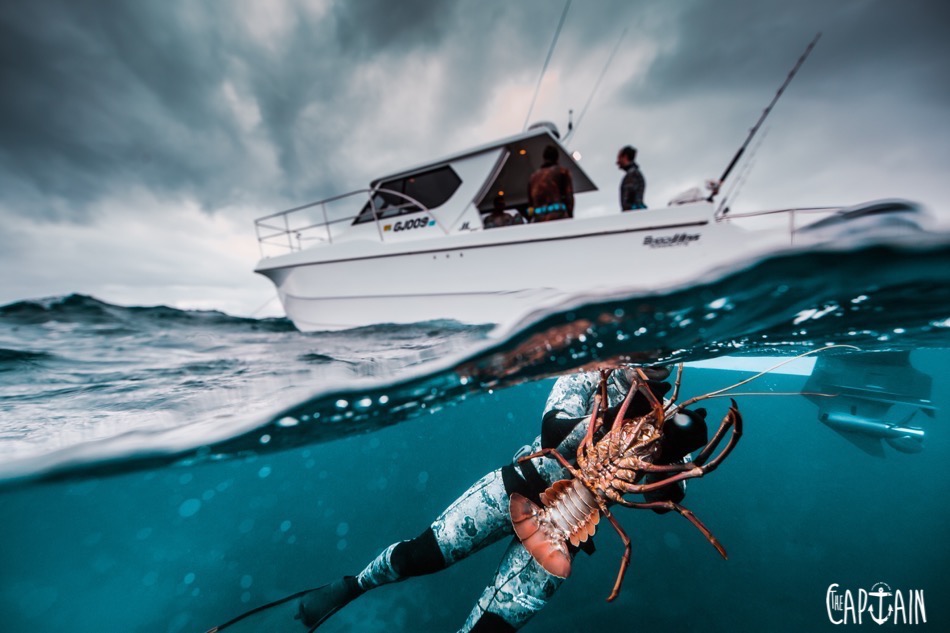

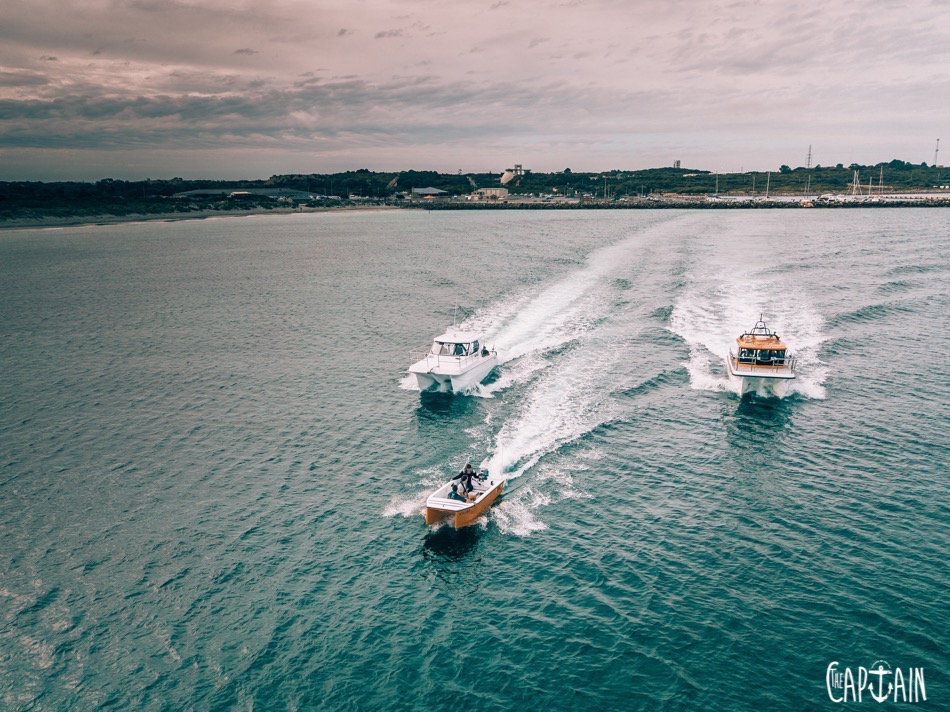




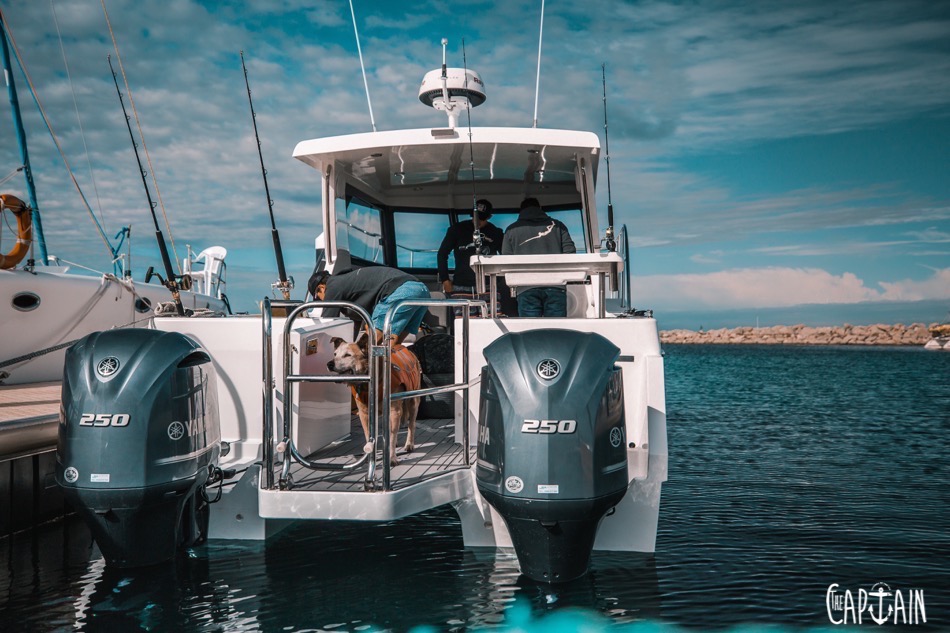
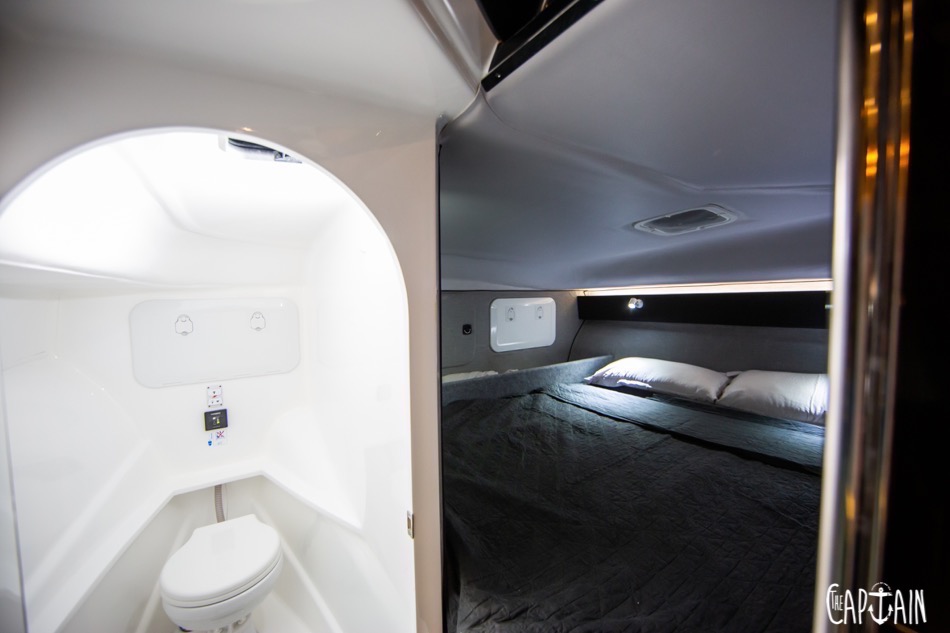


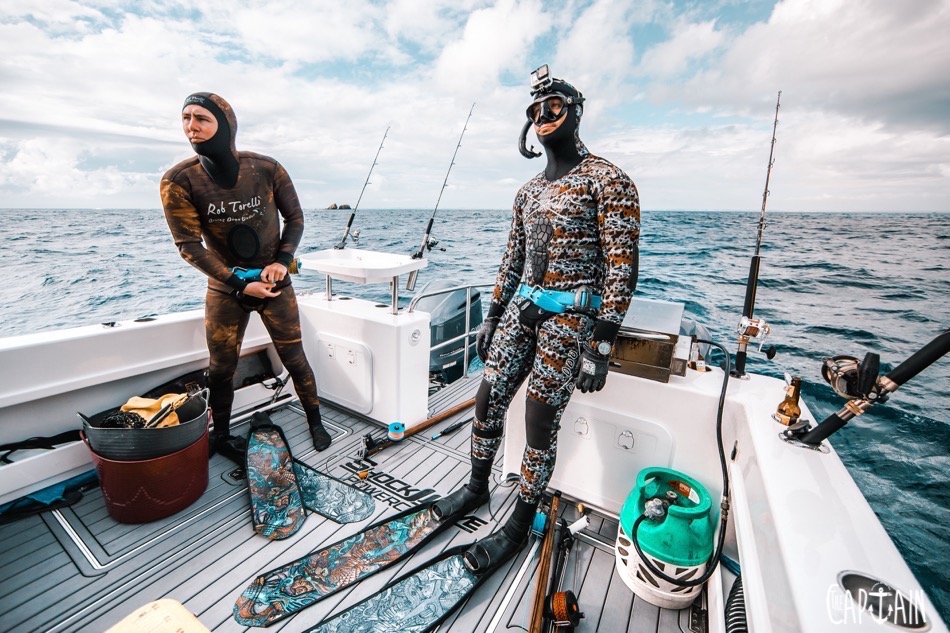




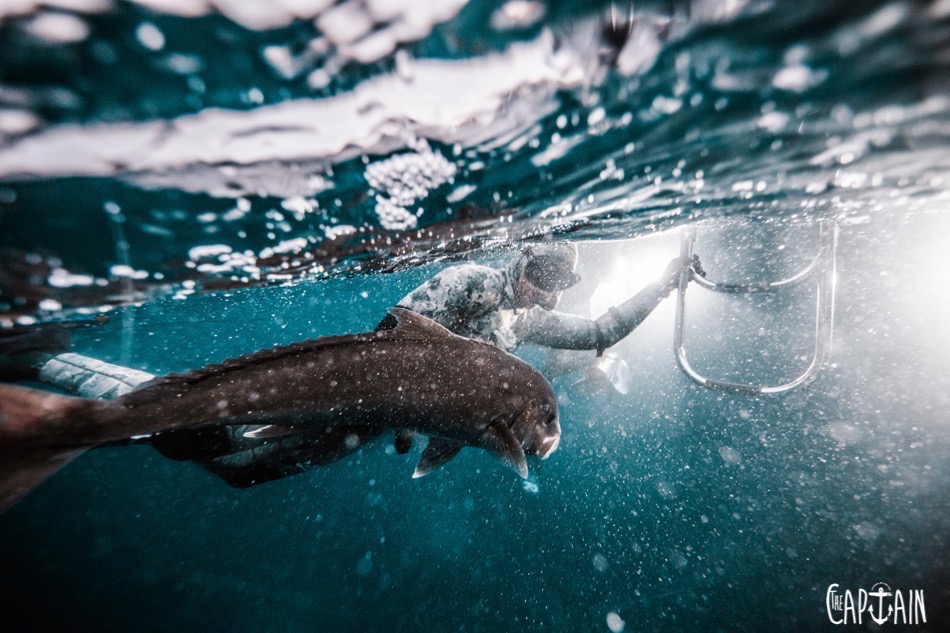
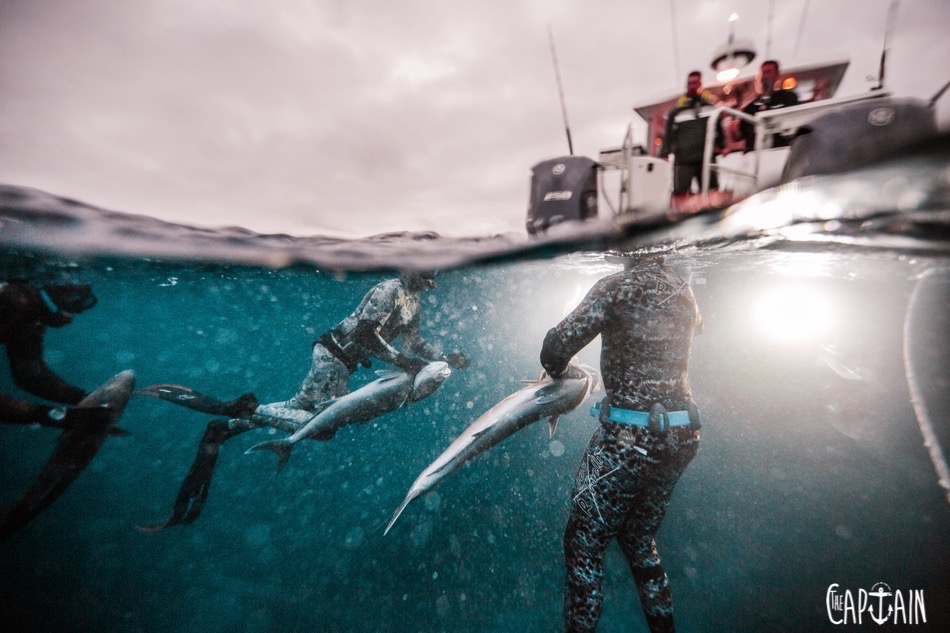



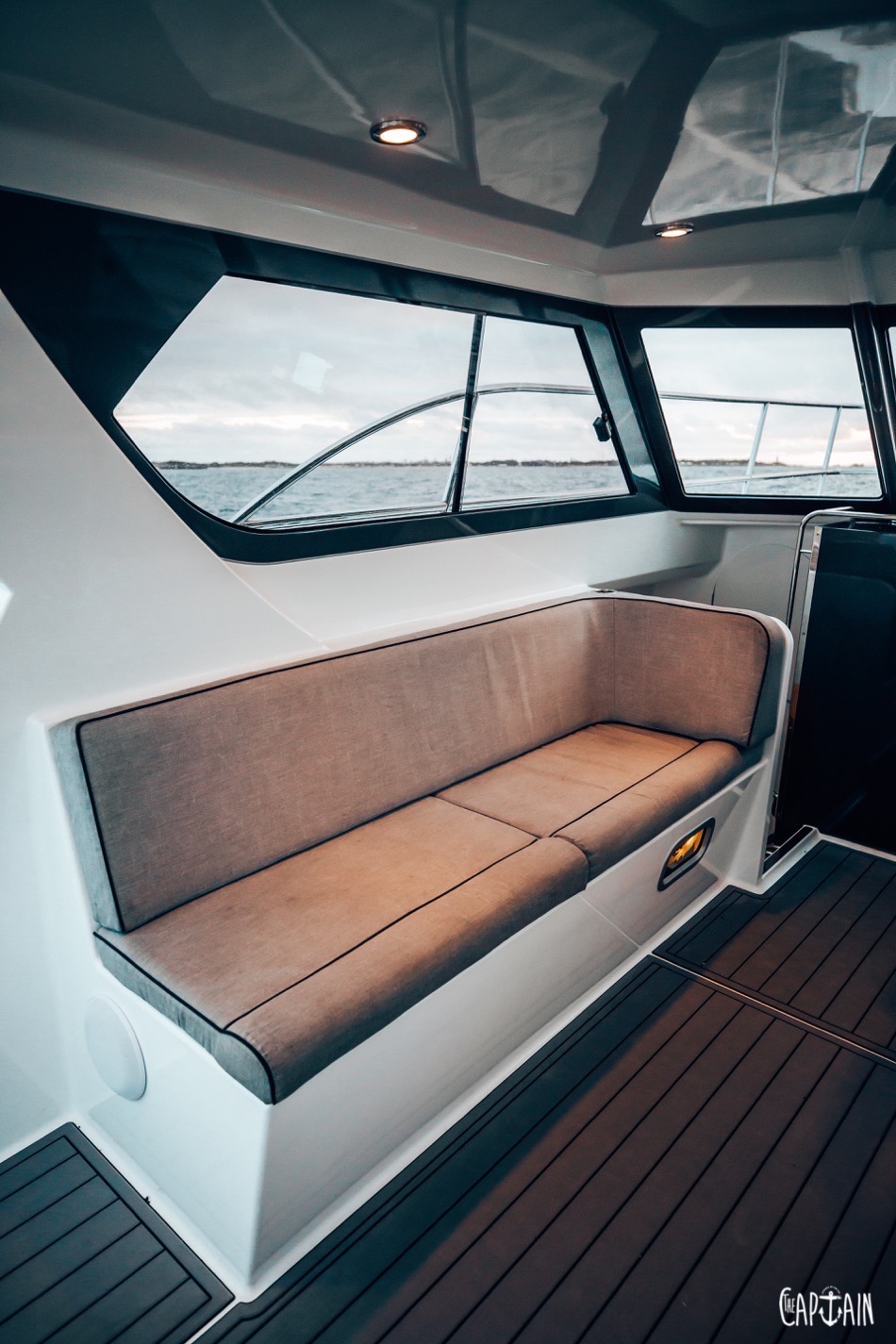
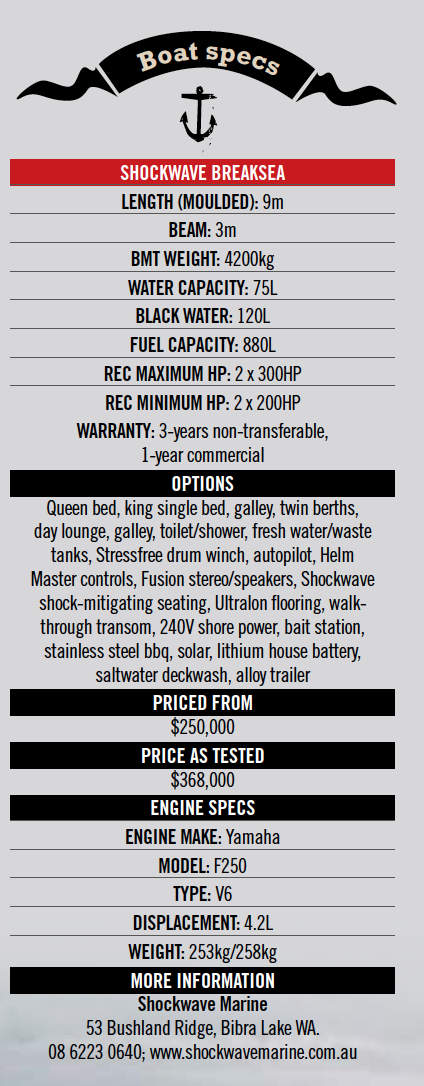


Recent Comments